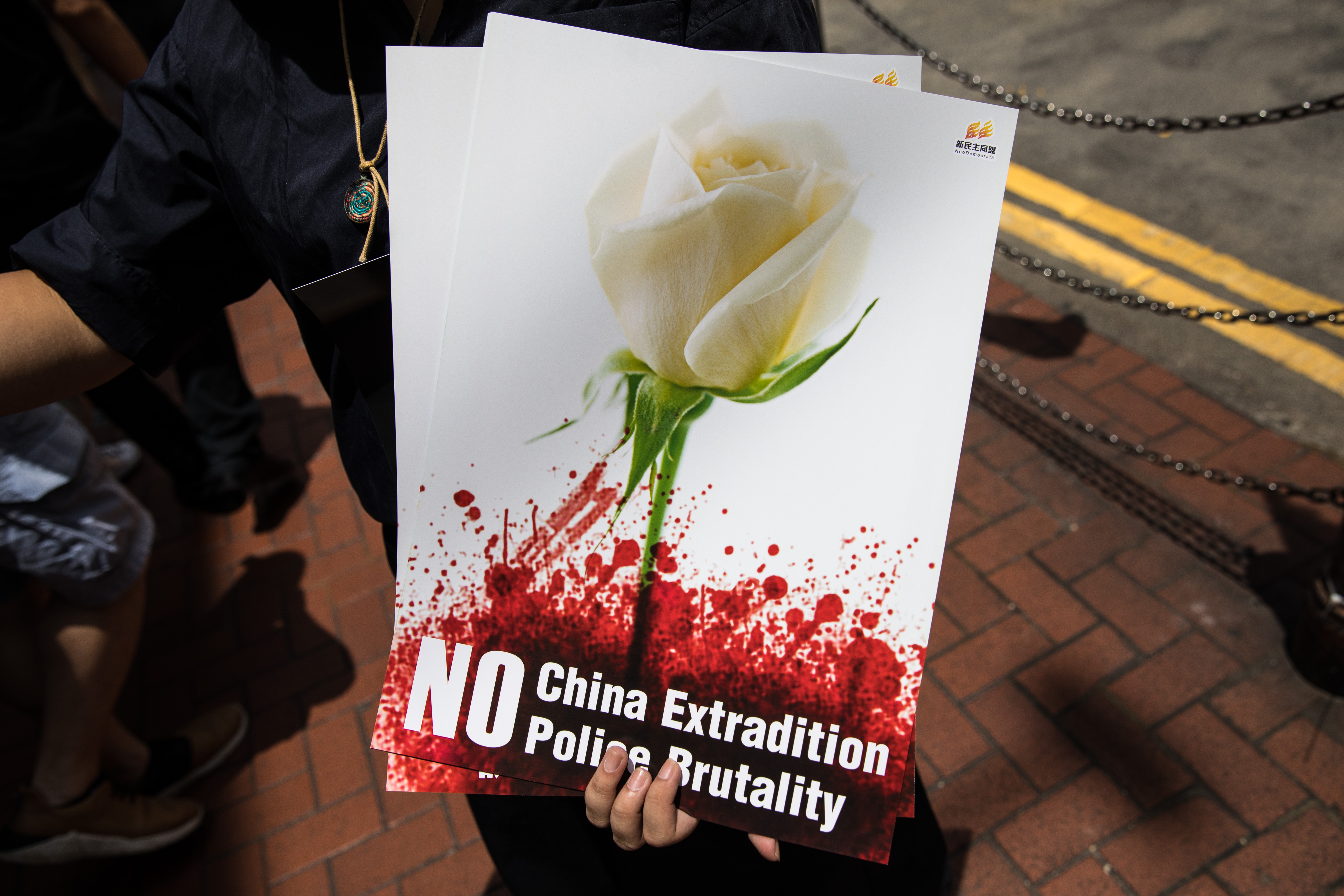Neville Sarony is a former Gurkha who served in Singapore, an advocate of the Supreme Court of Nepal, and also a Queen's Counsel.
Currently based in Hong Kong, Sarony was well-placed to take front-row seats at its largest-ever mass protests that took place there.
The protests were over the now-suspended controversial bill that if passed, will allow the extradition of prisoners in Hong Kong to countries it doesn't have formal treaties with.
In an op-ed published to ejinsight, the website of the Hong Kong Economic Journal on June 14, Sarony assessed the conduct of local police who were on the ground with some two million protesters with the experience of his varied professional backgrounds, and what he had to say was quite glaring.
Here are some points he made from it:
1) "Obvious absence of command and control" by senior officers
Sarony observed that police on the ground were "provocative", and were taunting protesters to attack them.
He also highlighted instances where police officers not only taunted, but also used force and attacked unarmed individuals, such as a group who descended on a woman with batons, even when she was already on the ground:
And another man who had pepper sprayed into his face repeatedly despite appearing to simply be sitting down:
Sarony dwelt for a moment on the discipline that police and riot forces are supposed to be trained with, noting first that officers should conduct themselves in accordance with set rules and regulations.
He also said that their use of force should only be done in self-defence, and proportionally to the threat or danger against which it is deployed.
"I have been caught up in rioting crowds in Calcutta and felt the hysteria that grips men so that they think that their individuality is merged into the mass psyche, providing them with a group anonymity that shelters them from individual responsibility.
That same group hysteria is what overtook those policemen.
Shorn of the discipline to which they are supposed to be trained to respond, they become nothing more than brutal thugs."
2) Use of tear gas to clear crowds was acceptable, but not rubber bullets
One of the things Sarony felt the police in Hong Kong lacked was the skill and technique to deal with large angry crowds.
And at this, he turned to the tools they used — pepper spray, tear gas and rubber bullets.
Sarony said he felt the use of tear gas was acceptable to disperse large crowds where this was needed, but he strongly objected to the use of rubber bullets to do so.
He explained that rubber bullets constitute "inaccurate ammunition", which result in a higher risk of causing serious injuries to vulnerable body regions, because they can't be aimed properly.
But he pointed out that the larger issue, of course, was the fact that police was authorised to use them in the first place.
"Since the officers on site were already armed with firearms capable of discharging rubber bullets, their use must have been authorised in principle. One has to wonder what the terms of that authorisation were that resulted in them being used indiscriminately against unarmed protesters."
3) Ultimately, police should not be enemies of the people
Sarony concluded his piece declaring that the police should not be seen by the people of a jurisdiction as an enemy, especially one that is subject to a rule of law.
"Plainly, the directions came from the top. Why else would the Police suddenly start to stop and search passengers at the MTR Station on Tuesday evening, using the preposterous excuse that they only searched suspicious looking people when plainly they had no legal cause to do so?"
He extended this to note that the rule of law demands that those who gave the direction to allow the police brutality witnessed in the course of last week's protests to take place must be held responsible for the injuries that were sustained by victims of the violence.
You can read his op-ed in full here.
More on the HK protests:
Top photo by DALE DE LA REY/AFP/Getty Images
If you like what you read, follow us on Facebook, Instagram, Twitter and Telegram to get the latest updates.
